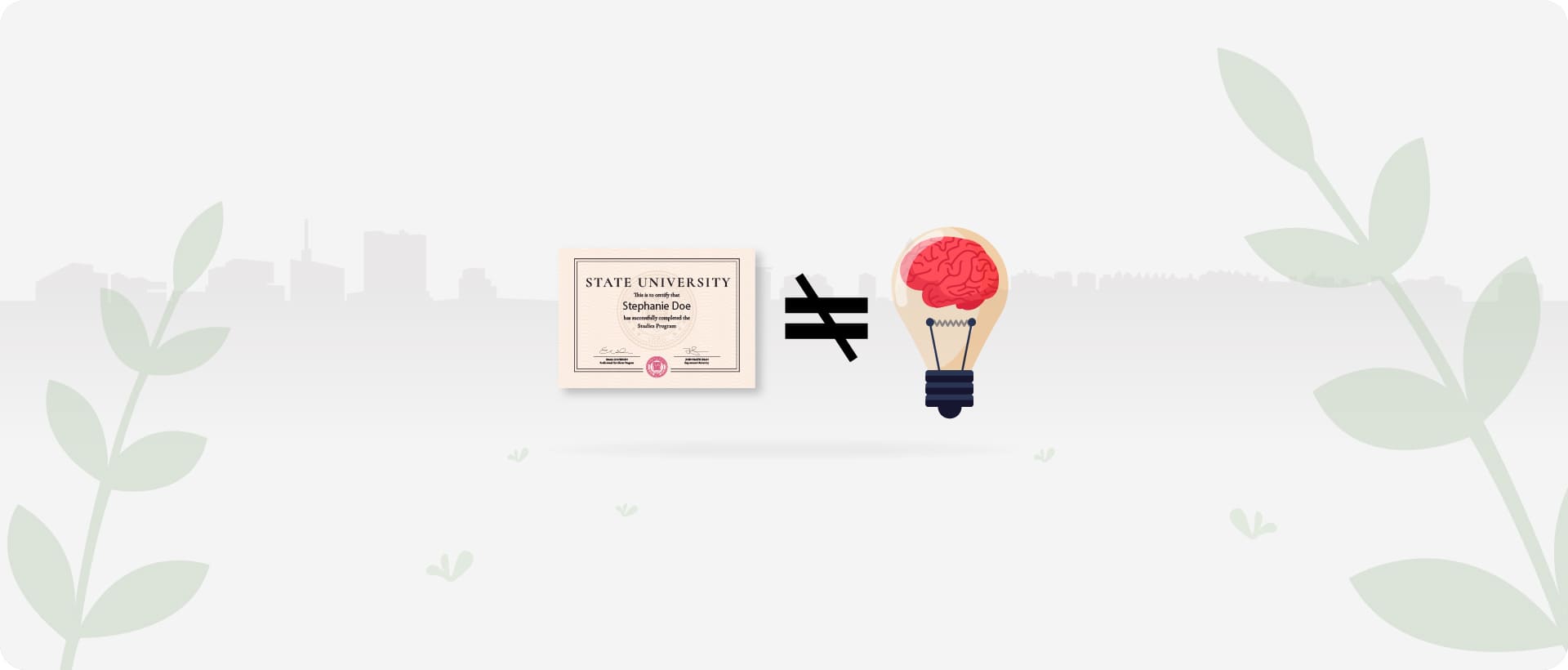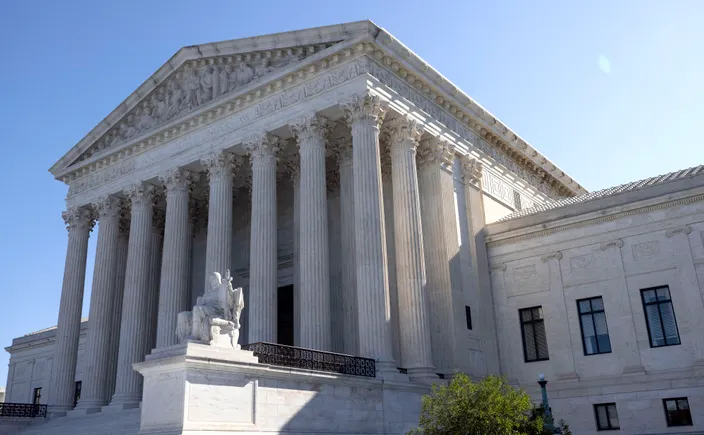The Roman civilization stands as one of the most powerful, organized, and enduring civilizations in human history. Originating in the small city of Rome along the Tiber River in central Italy around the 8th century BCE, it expanded over the centuries to dominate the entire Mediterranean world and much of Europe, North Africa, and the Middle East. The Romans built an empire that lasted for more than a thousand years, leaving an indelible mark on politics, law, architecture, language, and culture. Their legacy continues to influence modern societies, governments, and institutions across the globe.
Geographical Setting and Origins
The Italian Peninsula, with its fertile plains, mild climate, and strategic location in the Mediterranean, provided the ideal conditions for the rise of Rome. The Tiber River offered fresh water, trade routes, and defense advantages. The Apennine Mountains protected Rome from invasions while still allowing access to neighboring regions.
According to Roman legend, the city was founded in 753 BCE by Romulus and Remus, twin brothers raised by a she-wolf. Archaeological evidence, however, suggests that early Rome developed from small Latin villages on the Palatine Hill that united for defense and trade. Initially ruled by Etruscan kings, Rome later transformed into a republic and then into a vast empire that shaped the course of Western civilization.
The Roman Kingdom (753–509 BCE)
During its earliest phase, Rome was a monarchy ruled by kings who were both political and religious leaders. The Etruscans, who influenced Roman culture, contributed to the city’s early urban planning, engineering, and religious traditions. However, dissatisfaction with royal power led to a revolution around 509 BCE, when the last Etruscan king, Tarquinius Superbus, was overthrown. This event marked the birth of the Roman Republic, a new system of governance that would become one of Rome’s greatest contributions to history.
The Roman Republic (509–27 BCE)
The Roman Republic was characterized by a complex system of checks and balances that inspired many modern democracies. Power was shared between different institutions:
- The Senate, composed of patricians (aristocrats), advised on policies and controlled finances.
- The Consuls, two elected officials, served as heads of government and military commanders.
- The Assemblies, representing the common people or plebeians, voted on laws and elected magistrates.
This system prevented any single individual from gaining absolute power, although class tensions between patricians and plebeians were frequent. Over time, reforms such as the Twelve Tables (451 BCE) — Rome’s first written code of laws — guaranteed certain rights to citizens and laid the foundation for Roman legal principles that endure to this day.
The Republic expanded rapidly through conquest and alliances. By the 3rd century BCE, Rome had defeated its major rival, Carthage, in the Punic Wars, gaining control over Sicily, Spain, and North Africa. Expansion brought wealth but also instability, as inequality and military power struggles threatened the republic’s democratic institutions.
The Roman Empire (27 BCE – 476 CE)
The internal conflicts of the late Republic culminated in a series of civil wars, out of which Julius Caesar emerged as a dominant leader. After his assassination in 44 BCE, his adopted heir Octavian (later Augustus) defeated his rivals and became the first Roman Emperor in 27 BCE, marking the beginning of the Roman Empire.
Under Augustus, Rome entered a period of peace and prosperity known as the Pax Romana (“Roman Peace”), which lasted for over two centuries. The empire expanded to its greatest extent under emperors such as Trajan, covering territories from Britain to Egypt and from Spain to Mesopotamia. The centralized government, efficient administration, and vast network of roads and aqueducts helped maintain control over this enormous territory.
Government and Administration
The Roman Empire developed one of the most efficient bureaucratic systems of the ancient world. The emperor held supreme authority but was supported by senators, governors, and local magistrates. Roman law was codified and systematically applied across the empire, creating a sense of unity and order. The concept of “Roman citizenship” extended gradually to conquered peoples, promoting loyalty and integration.
One of Rome’s most enduring legacies is its legal system, based on principles of equality, justice, and the rights of individuals. The later codification of Roman law, known as the Corpus Juris Civilis under Emperor Justinian (6th century CE), became the foundation of modern European legal systems.
Economy and Trade
The Roman economy was diverse and dynamic. Agriculture formed the backbone, with large estates (latifundia) producing grain, olive oil, and wine. The empire’s vast network of roads, ports, and trade routes facilitated the movement of goods, soldiers, and information.
Trade connected Rome to distant lands such as India, China, and Africa, exchanging silk, spices, gold, and other luxury goods. The Roman currency (denarius) and standardized weights promoted commerce across provinces. Urban centers like Rome, Alexandria, and Antioch became bustling hubs of trade, culture, and innovation.
Religion and Culture
Early Romans were polytheistic, worshipping gods and goddesses borrowed from both Etruscan and Greek traditions. Major deities included Jupiter (king of the gods), Juno, Mars, Venus, and Neptune. Religion played a key role in both public and private life, with temples and rituals reinforcing Rome’s social and political order.
In the first century CE, Christianity emerged in the Roman province of Judea. Initially persecuted, it gradually spread across the empire. In 313 CE, Emperor Constantine the Great issued the Edict of Milan, granting freedom of religion, and later, Christianity became the official religion of the Roman Empire. This transformation marked one of the most profound shifts in world history, influencing Western moral and cultural values for centuries.
Art, Architecture, and Engineering
Roman art and architecture blended Greek aesthetics with practicality and innovation. The Romans mastered the use of concrete, enabling them to construct massive and durable structures. Their engineering achievements include roads, aqueducts, bridges, amphitheaters, and public baths, many of which still stand today.
Iconic structures such as the Colosseum, the Pantheon, and the Roman Forum demonstrate Rome’s architectural genius and civic pride. The design of arches, domes, and vaults revolutionized construction techniques, influencing later architectural styles in Europe and beyond.
Roman art, including mosaics, frescoes, and sculptures, celebrated both public life and personal achievement. Portraiture was realistic, capturing the individuality of its subjects, unlike the idealized forms of earlier Greek art.
Science, Education, and Literature
The Romans made significant contributions to law, governance, engineering, and literature rather than abstract science. However, they valued education and practical knowledge. Roman scholars like Pliny the Elder compiled encyclopedic works, while Galen advanced medical science.
In literature, writers such as Virgil (The Aeneid), Horace, Ovid, and Cicero produced enduring works of poetry, philosophy, and rhetoric. Roman historians like Livy, Tacitus, and Suetonius recorded the rise and fall of empires, offering valuable insights into human nature and politics.
Decline and Fall of the Roman Empire
By the 3rd century CE, the vast empire began to weaken due to political corruption, economic decline, military overreach, and invasions by barbarian tribes. The empire was divided into the Western and Eastern Roman Empires in 285 CE to improve administration. While the Eastern Empire (Byzantine Empire) survived for another thousand years, the Western Roman Empire fell in 476 CE when the Germanic leader Odoacer deposed the last emperor, Romulus Augustulus.
Despite its fall, Roman culture, law, and institutions endured. The Catholic Church preserved Roman traditions, and the idea of Rome as a universal empire lived on in medieval Europe through the Holy Roman Empire.
Legacy and Influence
The legacy of Rome is immense and visible in almost every aspect of modern life.
- Government and Law: Concepts such as republicanism, citizenship, and codified law originated in Rome.
- Architecture and Engineering: Roman innovations in building design, roads, and aqueducts influenced modern infrastructure.
- Language: Latin, the language of Rome, evolved into the Romance languages (Italian, French, Spanish, Portuguese, and Romanian) and influenced English vocabulary.
- Religion: The spread of Christianity transformed global spiritual and moral systems.
- Calendar and Timekeeping: The Julian calendar, introduced by Julius Caesar, became the basis for the modern calendar.
Rome’s political and cultural ideals inspired later civilizations — from the Renaissance thinkers to the Founding Fathers of the United States, who modeled their republic on Roman governance.
Conclusion
The Roman civilization was more than an empire of conquest — it was a civilization of builders, lawmakers, thinkers, and innovators. Its strength lay not only in military might but in its ability to integrate diverse peoples under a common system of law, language, and culture. The Romans turned a small city-state into one of the most powerful empires in history, and their influence continues to shape the modern world.
In governance, law, architecture, and culture, Rome lives on — a timeless symbol of order, endurance, and civilization itself.






















